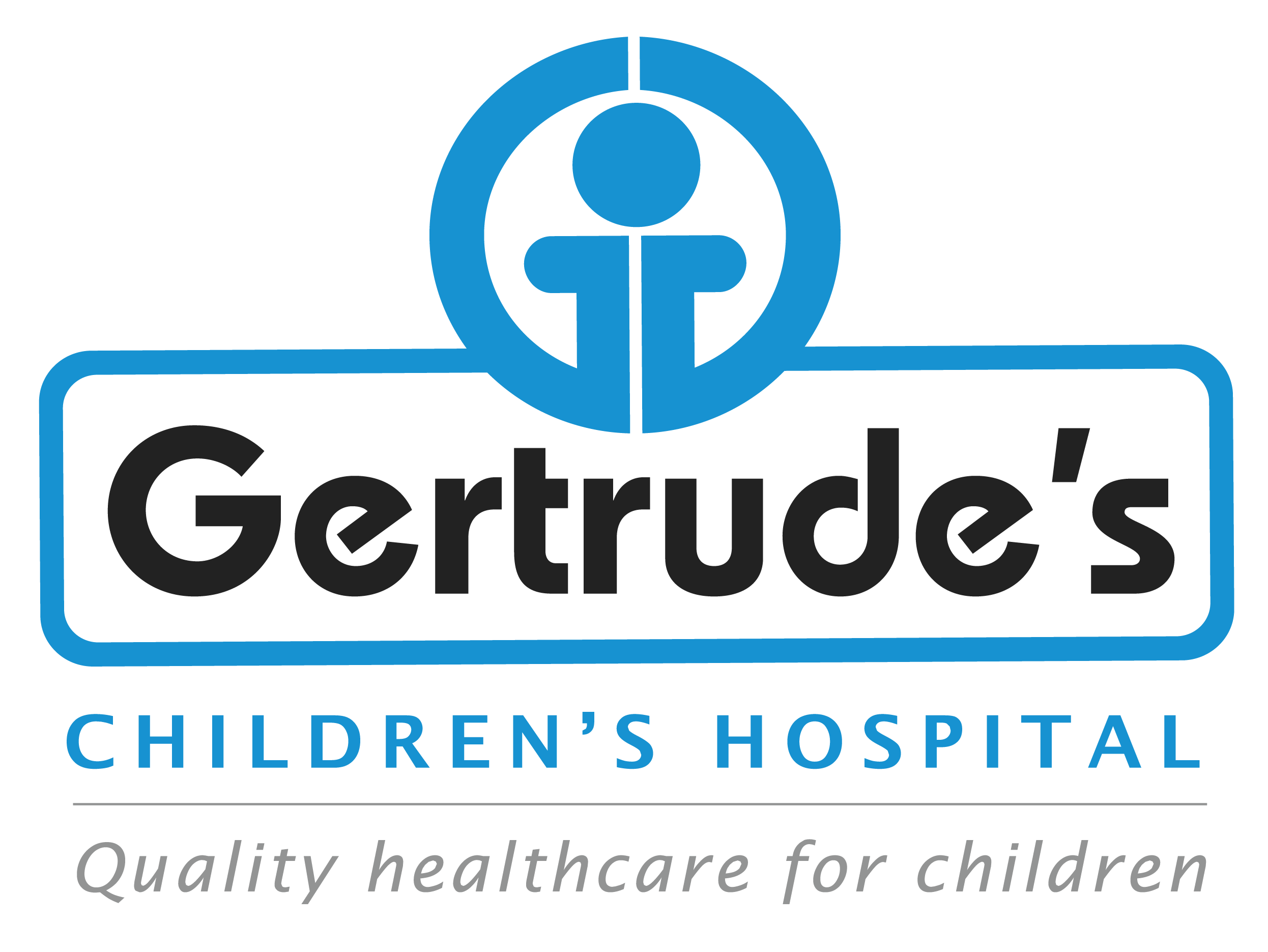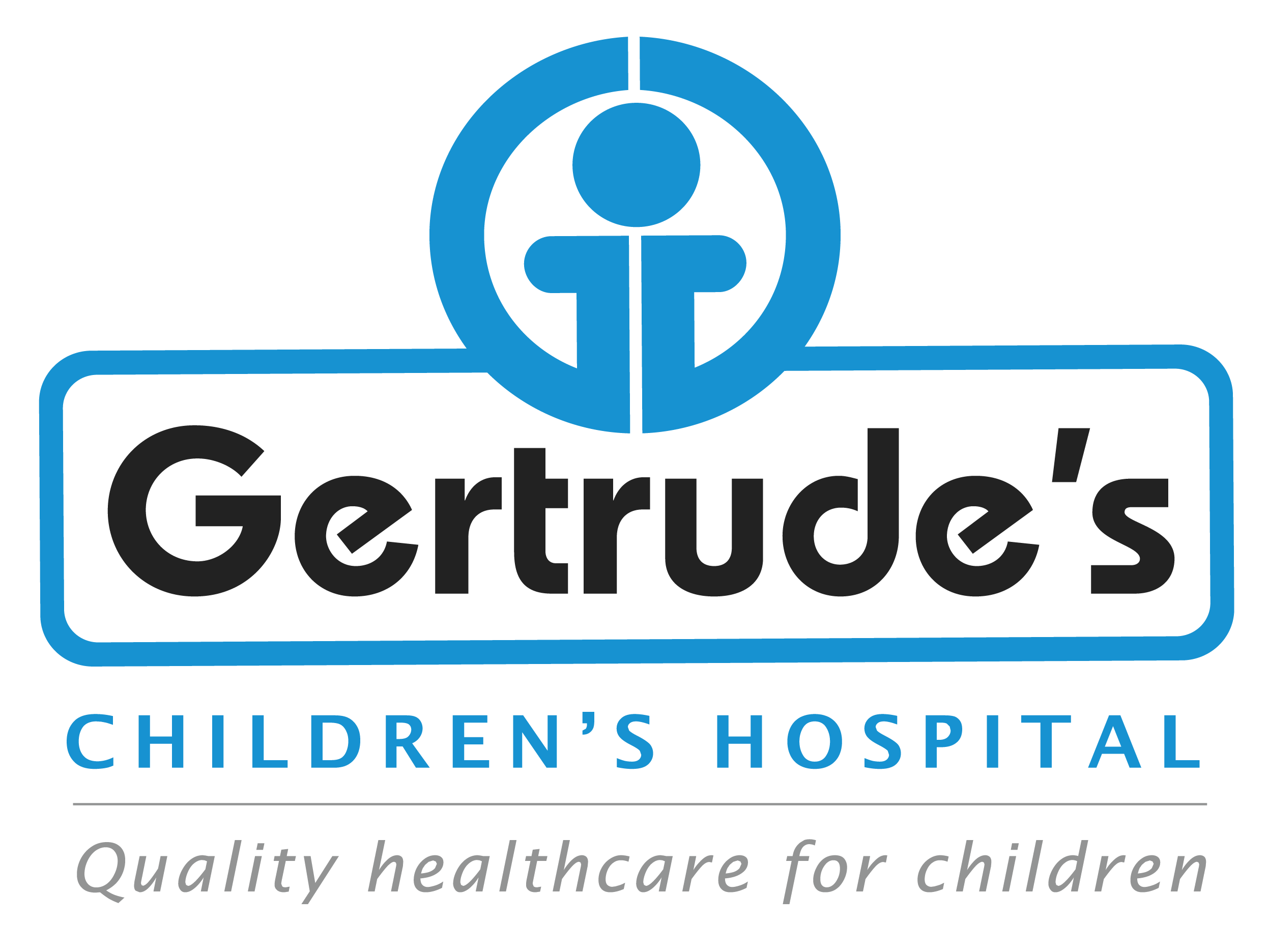Ameloblastoma is a rare but serious type of benign tumor that typically forms in the jaw, often around the area of the molars. It arises from the cells that are involved in the formation of teeth. While it is non-cancerous, ameloblastoma can be aggressive, causing damage to the surrounding bone and tissue if not treated promptly. It can also recur after treatment, so long-term monitoring is essential.
Symptoms
The signs of ameloblastoma can vary, and in some cases, the condition may not cause symptoms in the early stages. However, as the tumor grows, it may lead to:
• Swelling in the jaw: A noticeable bump or swelling around the affected area, often in the lower jaw.
• Pain or discomfort: Mild to severe pain in the jaw or teeth, particularly when chewing.
• Loose teeth: Teeth may become loose or shift in position due to the tumor’s pressure on the surrounding bone.
• Numbness or tingling: Numbness or a tingling sensation in the lower lip or chin may occur if the tumor affects nerves.
• Difficulty opening the mouth: As the tumor grows, it can affect jaw movement, making it hard to fully open the mouth.
• Pus or drainage: In more advanced cases, the tumor may cause infection, leading to drainage from the gums.
• Swelling in the jaw: A noticeable bump or swelling around the affected area, often in the lower jaw.
• Pain or discomfort: Mild to severe pain in the jaw or teeth, particularly when chewing.
• Loose teeth: Teeth may become loose or shift in position due to the tumor’s pressure on the surrounding bone.
• Numbness or tingling: Numbness or a tingling sensation in the lower lip or chin may occur if the tumor affects nerves.
• Difficulty opening the mouth: As the tumor grows, it can affect jaw movement, making it hard to fully open the mouth.
• Pus or drainage: In more advanced cases, the tumor may cause infection, leading to drainage from the gums.
Causes
The exact cause of ameloblastoma is not fully understood, but there are some known factors that may increase the likelihood of developing this tumor:
• Developmental origins: Ameloblastomas arise from the cells that form enamel (the hard, outer surface of teeth) during tooth development, so they are associated with teeth and tooth-related structures.
• Genetic factors: Some cases of ameloblastoma are linked to genetic mutations or syndromes, such as Gardner’s Syndrome, which predisposes individuals to developing benign tumors in different parts of the body.
• Previous dental issues: Chronic dental infections or prior dental procedures, like impacted teeth, may play a role in the development of ameloblastomas.
• Developmental origins: Ameloblastomas arise from the cells that form enamel (the hard, outer surface of teeth) during tooth development, so they are associated with teeth and tooth-related structures.
• Genetic factors: Some cases of ameloblastoma are linked to genetic mutations or syndromes, such as Gardner’s Syndrome, which predisposes individuals to developing benign tumors in different parts of the body.
• Previous dental issues: Chronic dental infections or prior dental procedures, like impacted teeth, may play a role in the development of ameloblastomas.
Diagnosis
To diagnose ameloblastoma, a dentist or oral surgeon will perform:
• Dental X-rays or CT scans: These imaging tests help to locate the tumor and assess its size and impact on surrounding bone. In the case of ameloblastoma, an X-ray may show a large, cyst-like lesion in the jaw.
• Biopsy: A sample of the tumor may be taken to confirm its nature and determine that it is benign. A biopsy is important for distinguishing ameloblastoma from other similar conditions.
• Dental X-rays or CT scans: These imaging tests help to locate the tumor and assess its size and impact on surrounding bone. In the case of ameloblastoma, an X-ray may show a large, cyst-like lesion in the jaw.
• Biopsy: A sample of the tumor may be taken to confirm its nature and determine that it is benign. A biopsy is important for distinguishing ameloblastoma from other similar conditions.
Treatment Options
The main treatment for ameloblastoma is surgery to remove the tumor. Depending on the size and location of the tumor, treatment options may include:
• Surgical removal (resection): In most cases, the tumor will be surgically removed along with a portion of the surrounding bone to ensure that all of the tumor is excised.
• Bone grafting: After tumor removal, bone grafts may be necessary to reconstruct the jaw and prevent deformities or functional problems.
• Minimally invasive techniques: In some cases, less invasive techniques like enucleation (removal of the cyst or tumor without cutting through large areas of bone) may be used for smaller tumors.
• Monitoring and follow-up care: Since ameloblastomas can recur, children who have had the tumor removed will need regular follow-up visits to monitor for any signs of recurrence.
• Surgical removal (resection): In most cases, the tumor will be surgically removed along with a portion of the surrounding bone to ensure that all of the tumor is excised.
• Bone grafting: After tumor removal, bone grafts may be necessary to reconstruct the jaw and prevent deformities or functional problems.
• Minimally invasive techniques: In some cases, less invasive techniques like enucleation (removal of the cyst or tumor without cutting through large areas of bone) may be used for smaller tumors.
• Monitoring and follow-up care: Since ameloblastomas can recur, children who have had the tumor removed will need regular follow-up visits to monitor for any signs of recurrence.
Frequently Asked Questions
Q: Is ameloblastoma cancerous?
A: No, ameloblastoma is a benign tumor. However, it can be aggressive and may recur after treatment, so ongoing monitoring is important.
Q: Can ameloblastoma be prevented?
A: There is no known way to prevent ameloblastoma. However, early detection through regular dental visits can help catch it before it causes significant damage.
Q: What is the long-term outlook for a child with ameloblastoma?
A: With prompt treatment, most children recover fully. However, due to the possibility of recurrence, long-term follow-up care is important.
Contact
Please feel free to contact us with any general or medical enquiry by calling us.





